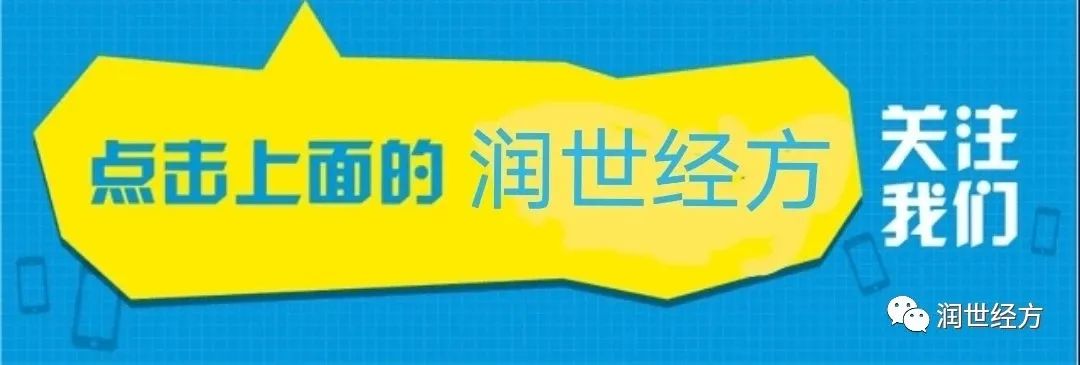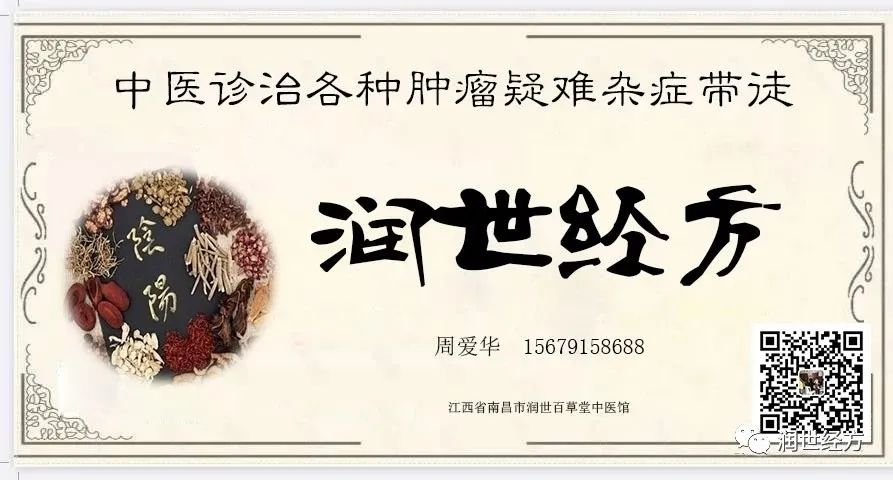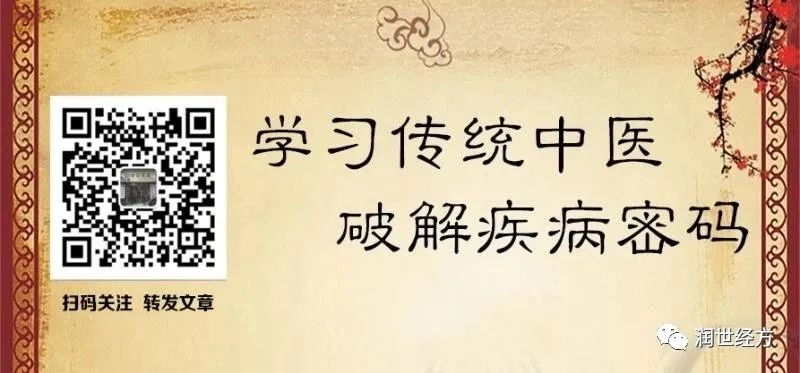
The slippery pulse (hua mai) is one of the pulse patterns in Traditional Chinese Medicine (TCM) pulse diagnosis. It is characterized by a smooth and flowing sensation, resembling beads rolling on a jade plate. When three fingers are placed on the patient’s cun (distal), guan (middle), and chi (proximal) positions, the pulse feels like a row of bubbles moving through the blood vessels, or like small iron beads rolling in succession, with a sense of rotation and rapidity. The Mai Jing states: “The slippery pulse flows smoothly back and forth, like beads rolling on a plate.” Additionally, it is described as “liulu ru yu tuo,” which metaphorically illustrates the slippery pulse as beads, akin to water droplets about to fall from a damp rock cave, perfectly round and rolling off quickly when the dripping is rapid. This is a vivid metaphor.
The mechanism behind the appearance of the slippery pulse in healthy individuals is due to an abundance of Qi (vital energy) and stagnation of blood. When Qi is abundant, blood flows smoothly; when blood is stagnant, the pulse becomes full and smooth like beads. In pathological conditions, the presence of excess pathogenic Qi does not diminish the Zheng Qi (upright Qi), which impacts blood flow. Although there are tangible obstructions, the pulse Qi remains unobstructed, resulting in a smooth and rapid pulse, akin to a whirlpool formed by waves crashing against rocks. Modern medicine suggests that this pulse is related to a normal or slightly increased cardiac output, with good vascular fullness and rapid blood flow. The presence of a slippery pulse does not necessarily indicate a disease; for instance, women often exhibit this pulse during pregnancy, making it a significant reference for determining pregnancy. Healthy individuals with abundant Qi and blood may also present a slippery pulse.
The slippery pulse is classified as a Yang pulse, often indicating heat conditions. The Mai Jian Bu Yi states: “The slippery pulse indicates an abundance of Yang Qi, and its pathological basis often involves heat combined with tangible pathogens such as phlegm, food stagnation, or blood accumulation.” Clinically, the slippery pulse is commonly associated with phlegm-dampness, food stagnation, and excess heat. In cases of excess heat, phlegm counterflow, phlegm obstruction, phlegm-heat, food stagnation, and blood accumulation, the pulse often presents as slippery and forceful. For example, if phlegm-dampness is retained in the chest or stomach, or if food stagnation harms the middle jiao (spleen and stomach), leading to Qi stagnation and symptoms of vomiting, a slippery pulse is often observed. In the lower jiao, it may indicate blood accumulation, as noted by the Yuan dynasty physician Hua Shou: “In women, it indicates blood stagnation and Qi obstruction, leading to menstrual irregularities.”
The cun position corresponds to the upper jiao, thus a slippery pulse here indicates phlegm in the heart and lungs. The left cun reflects the heart, while the right cun reflects the lungs. A slippery pulse in the left cun suggests phlegm-heat in the heart, which may lead to a strong tongue root. A slippery pulse in the right cun indicates phlegm-heat obstructing lung Qi, likely resulting in cough and phlegm production. If phlegm stagnates in the diaphragm, causing Qi stagnation and preventing stomach Qi from descending, symptoms such as acid reflux and vomiting may occur. The left guan reflects the liver and gallbladder, while the right guan reflects the spleen and stomach. A slippery pulse in the left guan suggests liver heat, and if accompanied by a wiry pulse, it may indicate liver wind with phlegm causing dizziness or stroke symptoms, or liver Qi transforming into fire. A slippery pulse in the right guan indicates food stagnation transforming into heat. A slippery pulse in the chi position suggests kidney dryness and Yin deficiency. Additionally, the large intestine is located in the lower jiao, thus conditions like dysentery caused by damp-heat, testicular swelling due to liver damp-heat, and urinary tract infections with symptoms such as frequent urination, urgency, and painful urination can all present with a slippery pulse in the chi position.

The slippery pulse primarily indicates phlegm-dampness, which broadly refers to all phlegm-related diseases. Patients with phlegm conditions often exhibit a slippery pulse. The slippery pulse also has independent significance as a singular pulse pattern, with many combinations. For instance, a floating slippery pulse indicates wind-phlegm, which arises from wind pathogens invading the lungs, leading to abnormal fluid distribution and phlegm production, often accompanied by cough and wheezing, but not necessarily indicating stroke with phlegm. A sinking pulse combined with a slippery pulse often indicates food accumulation harming the spleen, leading to abnormal spleen function and phlegm-heat accumulation, commonly presenting with abdominal distension and aversion to food. A rapid pulse indicates heat or fire, while a slippery pulse indicates phlegm; if both are present, it may suggest agitation and insomnia in the heart, or cough with yellow phlegm or blood-streaked phlegm in the lungs, or the formation of purulent phlegm, all referred to as phlegm-fire. A slippery pulse also indicates food stagnation, and a short pulse indicates food injury; if both are present, it suggests food stagnation and spleen-stomach damage.
Although the slippery pulse is a Yang pulse, Li Shizhen classified it as a Yin pulse within Yang. The Suwen: Mai Yao Jing Wei Lun states: “The slippery pulse indicates an excess of Yin Qi.” Li Shizhen also noted: “When blood is abundant, the pulse is slippery.” In TCM theory, Qi is Yang, and blood is Yin. The kidneys govern the storage of essence, as essence and blood share the same source; when blood is abundant, essence is also abundant, thus the kidney pulse may exhibit a slippery pulse. Furthermore, although the slippery pulse is a Yang pulse, it can also be seen in conditions of Qi deficiency, as noted in the Suwen: Da Qi Lun: “When the pulse feels like a ball, slippery and not palpable, it indicates insufficient Qi in the large intestine, leading to a poor prognosis.” This pulse, described as feeling like a slippery bead, is not easily felt upon pressure, indicating a decline in true Yuan Qi and a poor prognosis. Although this condition is rare, it should not be overlooked.
The slippery pulse flows smoothly back and forth, like beads rolling on a plate. Mai Jing
Throughout history, physicians have clearly defined the slippery pulse as resembling beads rolling. This rolling sensation occurs with each heartbeat; however, rolling once does not equate to the same as a rapid pulse, as the two are fundamentally different concepts. A rapid pulse refers to the frequency of the pulse, while a slippery pulse refers to the pulse’s morphology, representing two entirely different concepts.
In summary, the slippery pulse is characterized by a smooth and flowing sensation, resembling beads rolling on a plate, neither advancing nor retreating. Its shape resembles beads on a plate or dew rolling on a lotus leaf, which does not disappear or scatter in an instant. The slippery pulse describes the smooth flow of blood within the pulse, contrasting sharply with the rough pulse.
In essence, the principle of the slippery pulse is that of excess Yin, indicating a tangible obstruction blocking the flow of Qi, resulting in a sensation akin to a round bead.
The slippery pulse: flows smoothly, resembling beads rolling, with a pulse morphology that is smooth. Textbooks indicate that the slippery pulse is associated with diseases such as phlegm-dampness, food accumulation, excess heat, and is commonly seen in young adults and pregnant women.
Overview of diseases associated with the slippery pulse:
Zhen Jia Shu Yao: It indicates vomiting, phlegm counterflow, food stagnation, and menstrual irregularities. It can cause vomiting in the upper jiao and Qi stagnation in the lower jiao. A slippery pulse in the left cun indicates heart heat; a slippery and forceful pulse indicates heart agitation and a strong tongue root. A slippery pulse in the left guan indicates liver heat affecting the head; a slippery pulse in the left chi indicates painful urination and red urine. A slippery pulse in the right cun indicates phlegm-dampness and vomiting; a slippery and forceful pulse indicates lung heat, hair loss, obstruction, dry throat, phlegm dizziness, blurred vision, and sticky nasal discharge. A slippery pulse in the right guan indicates spleen heat, bad breath, and undigested food; a slippery and forceful pulse indicates stomach heat. A slippery pulse in the right chi indicates excessive fire leading to dampness, coldness in the navel, abdominal rumbling, or diarrhea; in women, it indicates blood stagnation and Qi obstruction, leading to menstrual irregularities, and if combined with a slippery pulse, it indicates pregnancy.
Appendix:
Poem on diseases associated with the slippery pulse:
The slippery pulse indicates declining Yang Qi, phlegm causes numerous diseases, food leads to disasters. In the upper jiao, it indicates vomiting; in the lower jiao, it indicates blood accumulation; in women, it indicates regular menstruation and pregnancy.
Poem on specific locations:
A slippery pulse in the cun indicates phlegm in the diaphragm causing vomiting, acid reflux, a strong tongue root, or cough; a slippery pulse in the guan indicates food stagnation and liver-spleen heat; a slippery pulse in the chi indicates urinary issues.
As noted by the author, the pulse of women is particularly pronounced on the day before menstruation and during the first two days of the menstrual period, exhibiting a notably smooth and flowing sensation, with increased pulse width and amplitude. By the third, fourth, and fifth days, the slippery pulse weakens significantly, although the menstrual flow is not heavy. This phenomenon suggests that the essence of the slippery pulse is the Qi stimulating blood within the pulse vessels; Qi acts as the main force, and only when Qi flows like wind can it be smooth.
Qi is the commander of blood; menstruation in women is akin to ejaculation in men, where Qi leads the blood or semen to a critical point of overflow, followed by a release of blood or semen. This process is akin to a single surge of energy, followed by a decline, and then exhaustion. This explains why the slippery pulse is particularly pronounced at the beginning of menstruation, while it weakens later despite minimal bleeding, as Qi has already been released.
Blood is the mother of Qi; even if bleeding or semen is minimal, it can lead to a weakened slippery pulse, as Qi becomes more stable. This is because blood is the mother of Qi, and even a small amount of blood, semen, or fluid contains a significant amount of Qi.
The relationship between Qi and blood has been clarified above; extending this to the relationship between Qi and body fluids, we can consider the following case: A 29-year-old male with premature ejaculation, dampness in the scrotum, yellow urine, and foul-smelling stool, indicating damp-heat accumulation. However, the initial treatment with Long Dan Cao (Gentian) and Xiao Feng San (Bupleurum Powder) was ineffective. In the second diagnosis, the original formula was combined with Chai Hu (Bupleurum) to great effect. This illustrates that Qi combined with damp-heat can effectively resolve dampness, while merely addressing damp-heat without regulating Qi is ineffective, highlighting the importance of Qi.
Furthermore, Qi combined with blood, semen, body fluids, dampness, phlegm, and other tangible substances can lead to issues, necessitating smooth Qi flow. Qi is Yang; allowing Qi to flow like the sun, rising and setting, ensures that blood, body fluids, urine, phlegm, and dampness flow smoothly, circulate, or dissipate naturally, preventing chaos. Prolonged late nights can cause Qi to rise without descending, akin to the sun scorching the earth, leading to mental agitation.
Qi is Yang, and protecting Yang Qi does not mean warming Yang, but rather maintaining the normal operation of Qi, which is to sustain the normal process of Qi transformation, similar to the formation of clouds and rain, where earth Qi rises as clouds and sky Qi descends as rain. The unity of heaven and humanity is akin to maintaining the natural formation of clouds and rain, ensuring the normal operation of Qi transformation within the body. Therefore, in terms of Qi, smoothness is precious, while chaos is worthless. In healthy individuals, as long as blood and body fluids are not significantly lost and Qi transformation is normal, everything remains normal.
Regardless of the temperature of the medication, it is all aimed at maintaining normal Qi transformation. For instance, when a woman’s menstruation is delayed for several months, the common approach among practitioners is to use Gui Zhi (Cinnamon Twig) and Ai Ye (Mugwort) to warm the uterus. This is effective for cold in the uterus and blood stagnation. However, if damp-heat is obstructing, using Gui Zhi and Ai Ye is like adding fuel to a fire; even if warming Yang provides the impetus for Qi to break through the blood vessels, it can scorch the blood, leading to scanty and dark menstrual flow. If damp-heat is resolved using Bai Jiang Cao (Patrinia) and Yi Yi Ren (Job’s Tears), it may lead to loose stools, decreased Qi, and reduced menstrual flow.
Why does warming Yang initially yield good results but later become ineffective? Warming Yang is akin to adding fire to steam buns, accelerating the formation of steam, which can then push through phlegm, dampness, and blood stasis, providing momentum for chaotic Qi to normalize. However, prolonged use of warming Yang can deplete Yin fluids, leading to a shortage of steam and reduced subsequent momentum. Warming Yang only addresses one condition, specifically Yang deficiency without Yin depletion. Warming Yang generates fire to produce steam, facilitating Qi flow.
We can also refer to Cao Yingfu’s Shang Han Fa Wei, analyzing Ma Huang Tang (Ephedra Decoction) and Gui Zhi Tang (Cinnamon Twig Decoction) from the perspective of Qi.
In cases of cold damage, Qi is constrained by cold at the surface, initially without fever. As blood temperature gradually rises internally, the pores close externally, leading to stagnation and fever. The reason for the fever is entirely due to the closure of the pores. Therefore, Ma Huang Tang (Ephedra, Cinnamon Twig, Apricot Kernel, Licorice) is used, where Gui Zhi provides the impetus for steam, Ma Huang opens the pores, Xing Ren (Apricot Kernel) promotes lung Qi, and Gan Cao (Licorice) nourishes the stomach. This allows the stomach Qi to rise and promotes sweating, resolving the cold damage with a single sweat.
In cases of wind stroke, sweating occurs but fever and chills persist. If sweating does not resolve the fever, it indicates that the pathogenic Qi is deeper (the pathogen is in the muscles, deeper than the pores). Here, the fever is due to muscle heat, and sweating does not resolve it. Therefore, Gui Zhi Tang (Cinnamon Twig, Peony, Ginger, Licorice, Jujube) is used, where Bai Shao (Peony) dispels muscle heat and consolidates Qi to prevent further dispersion, while Gui Zhi provides the impetus for remaining wind pathogens to exit through the pores. Since the pores are already open, Ma Huang is not needed; excessive sweating weakens stomach Qi, thus ginger, licorice, and jujube are used to replenish the body’s fluids to nourish the source of sweat.
From the above analysis, it is evident that both Ma Huang Tang and Gui Zhi Tang function to maintain normal Qi transformation.
In clinical practice, some tumor patients exhibit no symptoms, only to discover the tumor during examinations. Patients often choose surgical removal for a permanent solution, which can transform their previously asymptomatic high-quality life into one filled with vomiting, diarrhea, insomnia, and other symptoms, leading to a low quality of life. From the perspective of Qi and blood, asymptomatic tumor patients may have formed tangible tumors, but their Qi transformation remains normal, allowing them to maintain normal bodily functions. The argument presented here is that even a small amount of blood can contain a significant amount of Qi; surgical removal directly damages the flesh, leading to Qi disorder and impaired normal Qi transformation. Consequently, Qi cannot operate regularly like the sun, illuminating the earth, resulting in various discomforts. Therefore, for asymptomatic tumor patients, maintaining normal Qi operation is essential for sustaining a high quality of life. Using herbal medicine can subtly alter the tumor’s living environment based on the existing Qi operation. Coexisting with tumors while maintaining a high quality of life is the ultimate goal of tumor treatment, and in some cases, it may even lead to tumor shrinkage or disappearance.
Note: The herbal formulas and treatment methods mentioned in this article should be used under the guidance of a qualified TCM practitioner. Any consequences arising from self-medication are the responsibility of the individual.


